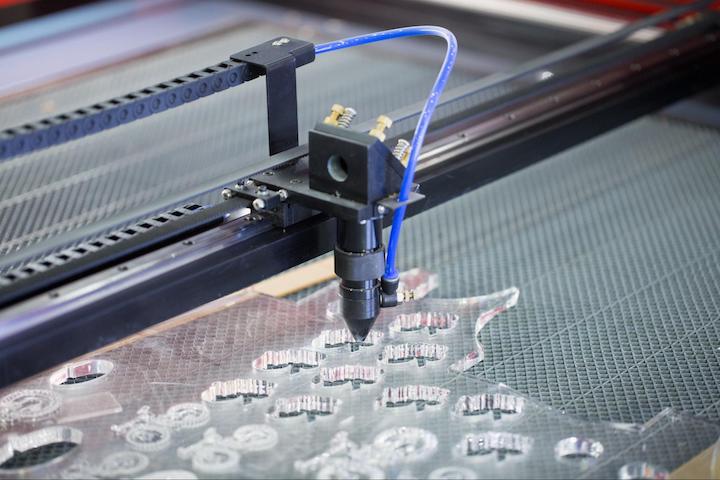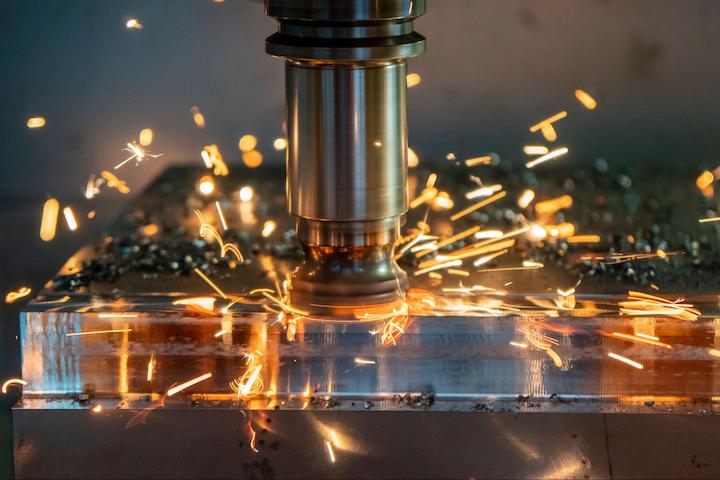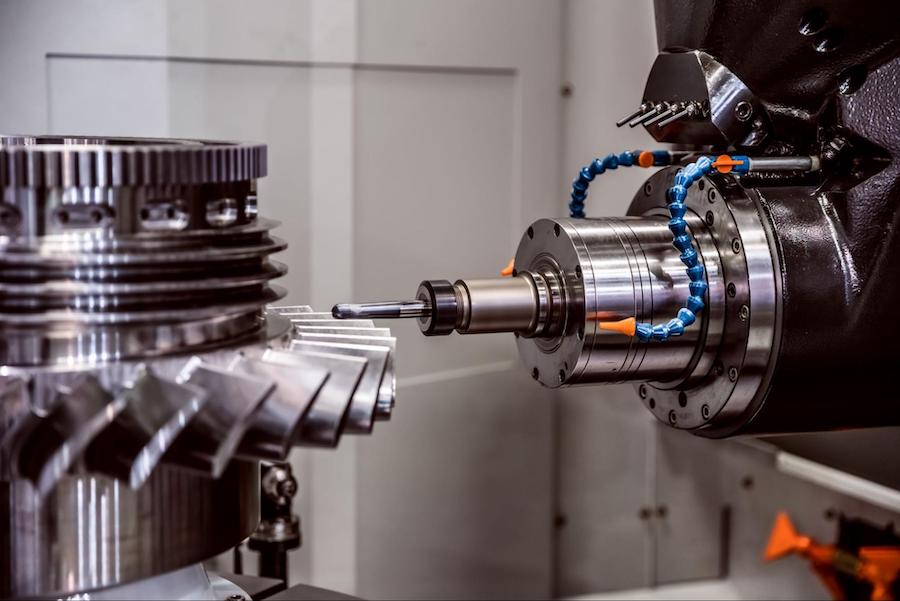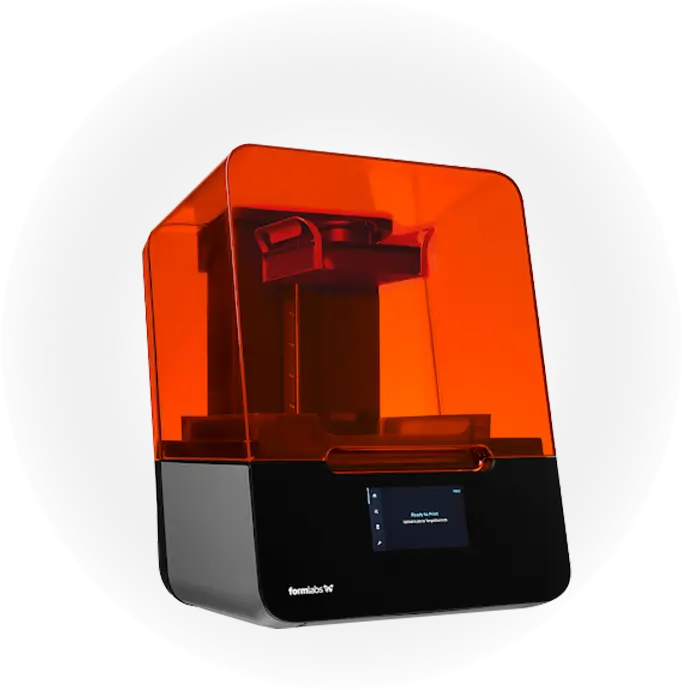Time to read: 7 min
Without access to advanced manufacturing equipment and computer programming, civilization as we know it would not exist. Would we have nice things? Sure. But would we have traveled to the moon and outer space and explored the deep depths of the ocean? Likely not at the scale we are able to today. We have CNC machines to thank for many of the advancements around us that make our lives easier and more enjoyable. CNC (computer numerical control) machines have revolutionized manufacturing processes across various industries. CNC routers and CNC mills are the two most commonly used CNC machines. While both are capable of automated precision machining, they have distinct differences that make them suitable for specific applications.

CNC routers are versatile, subtractive machines primarily used for cutting, shaping, and engraving wood, metals, plastic, and composites. They utilize a rotating cutting tool (usually a router bit) to remove material from the stationary workpiece. CNC mills, also known as CNC machining centers, are designed for precise cutting, tight tolerances, complex geometries, drilling, and shaping of solid, harder materials like metal, plastic, and composites. They employ rotating cutting tools, such as end mills or drills, to remove material from the workpiece.
Let’s dive into a tale of two different machining centers — CNC routers and CNC mills — and cover their key features, working principles, applications, and advantages.
CNC Router vs. CNC Mill: A Quick Overview
Here’s a quick comparison table to show you the main features and capability differences between CNC mills and routers:
| Capability or Feature | CNC Mill | CNC Router |
| CNC control | ✔ | ✔ |
| Moving tool & stationary part | ✔ | ✔ |
| Versatile | ✔ | ✔ |
| Subtractive machining | ✔ | ✔ |
| Soft materials only | X | ✔ |
| Soft & hard materials | ✔ | X |
| Larger worktables | X | ✔ |
| More rigid tooling | ✔ | X |
| Larger cut width/depth | X | ✔ |
| Tighter tolerances | ✔ | X |
| Multiple-axis capable | ✔ | X |
| Faster cutting | X | ✔ |
Here’s a quick video showing how a CNC mill works:
Here’s a quick video showing how a CNC router works:
Working Principles and Software
CNC routers use X-, Y-, and Z-axis movements to position the cutting tool relative to the workpiece. The tool moves across the workpiece’s surface, cutting or engraving the material based on programmed instructions. CNC routers are available in various sizes, providing ample work area for handling sizable materials.
CNC mills operate similarly to their manual counterparts, utilizing rotary cutting tools to remove material. However, the movement of the cutting tool is controlled by CNC instructions, enabling high precision and repeatability. The cutting tools are rigidly attached to the machine, ensuring a CNC mill can cut even hard materials.

One of the differences between a CNC router and a CNC mill is the number of machining axes they may have. A CNC router typically has 3 axes of movement and may go up to 5 axes. A CNC mill can have up to 12 axes. For a refresher on the number of axes a CNC mill can have and what that means, check out 3-Axis to 12-Axis: CNC Milling Machine Capabilities Compared.
While both CNC routing and CNC machine milling require programming to execute desired machining operations, there may be differences in the software and programming languages used. CNC routers often use software that emphasizes ease of use, with graphical interfaces and simplified programming languages. This accommodates users with varying levels of technical expertise, such as those in the woodworking or sign-making industries. CNC mills, on the other hand, may employ more advanced software and programming languages that cater to the complex geometries and intricate toolpath calculations involved in metal machining.
Check out CNC Machining: Macros, Subprograms, and Parametric Programming to learn more about general CNC machine programming.
Common Applications
CNC routers are widely used in the woodworking, sign-making, rapid prototyping, and cabinetry industries. They excel in tasks requiring intricate designs, 2D and 3D carving, and the ability to work on large workpieces. CNC routers will typically be utilized for less precise, less complex machining than what CNC mills will be used for. CNC mills do offer high accuracy and intricate detailing capabilities, making them suitable for artistic and decorative applications.

Here are some tips for using a CNC router for aluminum:
- Use a speeds and feeds calculator
- Use CNC router bits (carbide end mills)
- Use smaller diameter cutters
- Clear chips dilligently
- Watch cut depths and slotting
- Lubricate with a mist
- Don’t slow the feed rate too much
- Increase cut width and use fewer flutes
- Use a horsepower limit to derate for rigidity
CNC mills are commonly used in the aerospace, automotive, and medical manufacturing industries. They are ideal for machining complex parts, creating prototypes, and producing high-precision components with tight tolerances. They offer excellent accuracy and repeatability, allowing for the production of intricate and precise components.
Here are some tips for CNC milling hard materials:
- Roughing is a good technique for the beginning phase of CNC milling hard materials. Roughing is pre-machining materials before annealing or hardening treatments.
- Try coated or infused cutting tools, such as diamond-infused tooling, to make cutting through hard materials easier.
Material Capability
One of the most prominent differences between CNC routers and mills is the material they can cut. CNC routers can cut softer materials like wood, plastic, foam and non-ferrous metals like aluminum. They are less rigid than CNC mills, so they cannot transfer enough force to cut through harder materials.
On the other hand, CNC mills can cut through harder materials due to the rigidity of the machine head and tooling. CNC mills are compatible with stainless steel, titanium, aluminum, composites, and softer materials like aluminum or plastic.
Speed, Power, and Rigidity
CNC routers and CNC mills differ in speed and power. CNC routers are generally designed for lower to moderate cutting speeds, as they are commonly used for softer materials like wood and plastics. Then again, CNC mills are built to handle higher cutting speeds and heavier cutting forces, making them suitable for harder materials such as metals. CNC mills often feature more robust spindles and higher horsepower to accommodate these requirements.
CNC mills are typically built with a heavier and more rigid structure than CNC routers. This increased rigidity and stability allow CNC mills to withstand the higher cutting forces encountered during metal machining. While still rigid, CNC routers may prioritize lighter weight and portability, as they are often used for on-site or mobile applications.

Tooling Options
CNC routers and mills use different cutting tools due to their distinct applications and material compatibility. CNC routers commonly utilize router bits with various profiles for cutting, shaping, and engraving wood, plastic, and composites. In contrast, CNC mills employ end mills, drills, and other specialized tools for precise metal cutting, drilling, and milling operations. The tooling options available for CNC mills are generally more diverse and designed to handle different types of metalworking tasks.
Costs
The cost of CNC routers and mills can vary significantly based on size, capabilities, precision, and build quality. Generally, CNC mills are more expensive due to their robust construction, higher power requirements, and specialized tooling. You should expect to spend several thousand dollars on a CNC mill, with high-end mills being several hundred thousand dollars. CNC routers, particularly entry-level or hobbyist models, may be more affordable and accessible for small businesses or individuals looking to work primarily with non-metallic materials. You can get a DIY CNC router for a few hundred dollars.
If you are outsourcing CNC routing or CNC milling, you should expect to pay more for CNC milling. The exact cost of your job depends on the material, the amount of material to be removed, the complexity of your design, and desired lead time, among other things. If you are wondering how complex your part is, check out our Complexity Quiz here, or if you are ready to get an instant quote, get started here.
Note: It’s important to note that advancements in technology and the availability of hybrid machines may blur the distinctions between CNC routers and CNC mills in certain cases. Hybrid machines can offer a combination of features and capabilities from both types, allowing for a wider range of applications and material compatibility.
FAQ
- What is a CNC router? A CNC router is a CNC machine that is utilized to carve, engrave, or remove soft material. It is not as precise as a CNC mill.
- What is a CNC mill? A CNC mill is a robust machine utilized to perform subtractive, precision machining on various substrates, soft or hard.
- Why choose a CNC router? A CNC router is good for non-precision machining with a low depth or width of softer materials.
- Why choose a CNC mill? A CNC mill is good for precision, complex machining, intricate shapes, and hard materials.
- What is the difference between a CNC mill and a CNC router? A CNC mill can perform complex machining operations on difficult-to-machine materials. A CNC router can perform less complex machining on softer materials.
- Is CNC milling the same as CNC machining? CNC milling is a type of CNC machining.
CNC routers and mills are powerful machines with unique features and applications. CNC routers work with materials like wood, plastic, and composites, providing versatility, precision, and the ability to work on large workpieces. Understanding the differences between these machines is crucial in choosing the appropriate CNC technology for specific manufacturing requirements.
Fictiv: Sourcing Simplified
We’re your operating system for custom manufacturing that makes part procurement faster, easier, and more efficient. Our incredibly skilled machinists can deliver CNC-machined parts as fast as a day or two! Create an account and upload your design to see what our instant quote process, design for manufacturability feedback, and intelligent platform can do for you.








